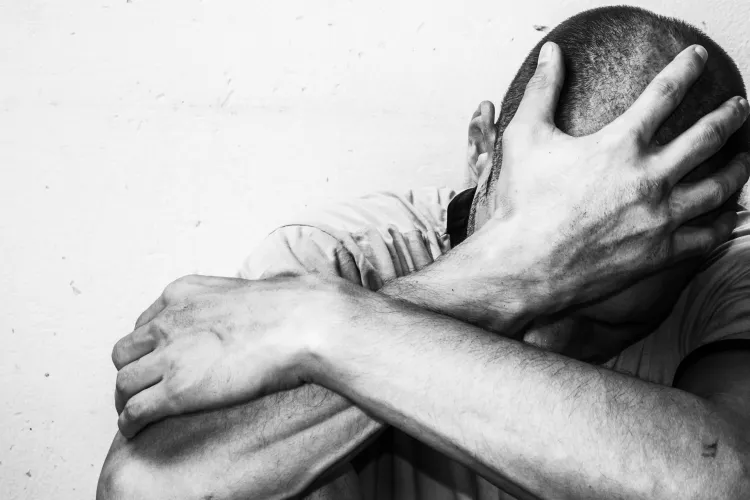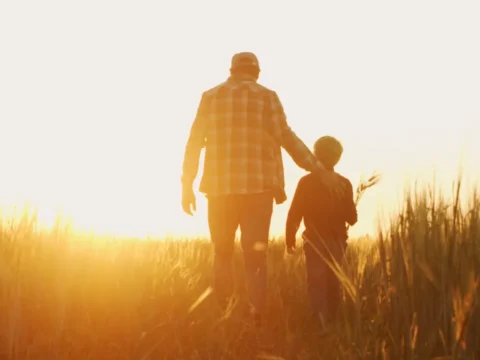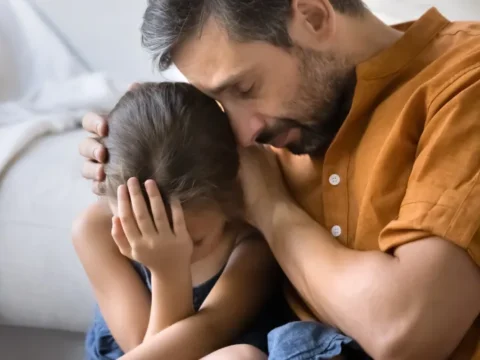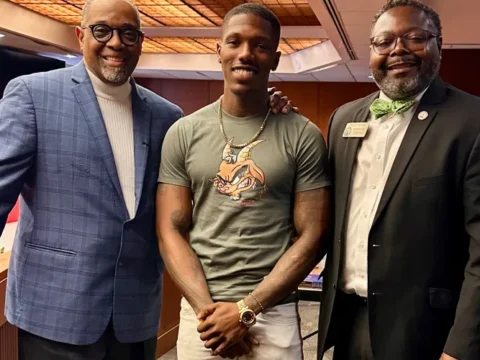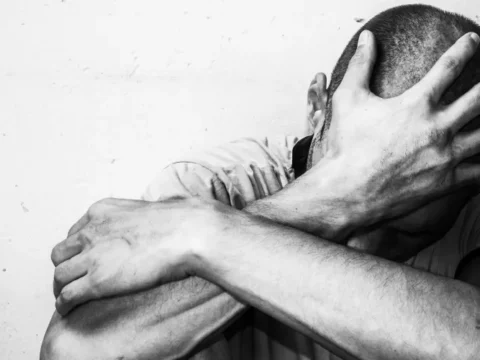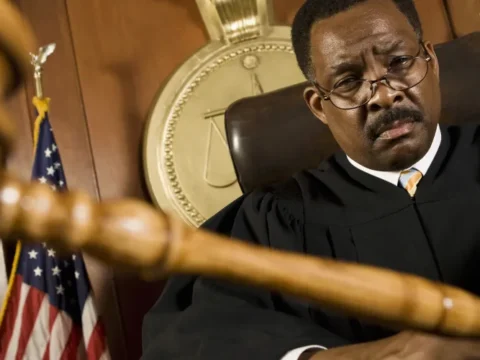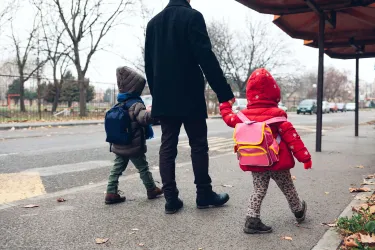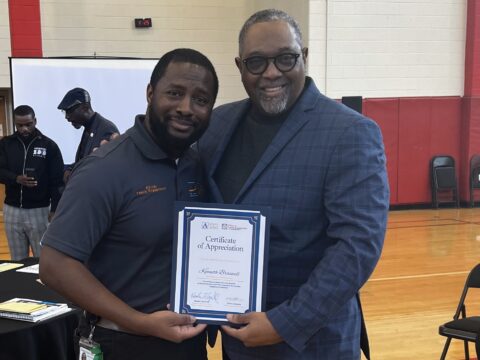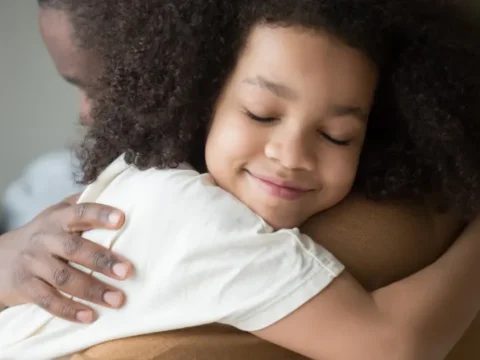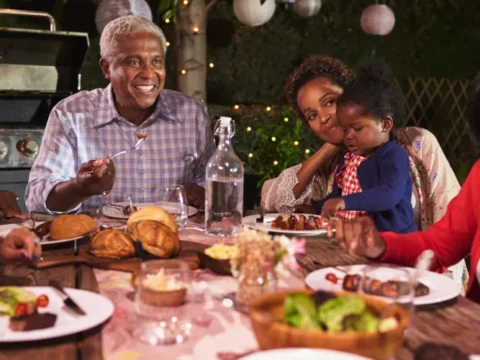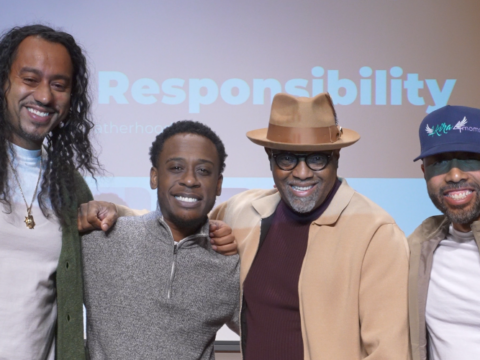Every October, when purple ribbons begin to appear, I am reminded that Domestic Violence Awareness Month is not a campaign — it’s a call to conscience. And for Fathers Incorporated (FI), it’s a reminder that we do not get to do this work of fatherhood advocacy halfway. To talk about strengthening families without addressing domestic violence is to talk about building a house without checking the foundation.
For us, this conversation begins with an unshakable truth: The safety of children must always come first.
That safety is not merely about keeping them away from physical harm. It’s about ensuring that the emotional, spiritual, and relational spaces they grow up in are healthy, peaceful, and loving. Children are always watching, and they learn how to treat others by watching how we treat one another.
When FI launched Beyond Silence and Violence: Engaging Men in Advocacy Against and Prevention of Domestic Violence in 2015, it was because we knew that ending violence required engaging — not vilifying — men. We said it then, and we say now: Not all men are violent, but all men have a role in ending violence.
This belief emphasizes the seriousness of abuse and expands the field of responsibility. It means that prevention doesn’t just happen in shelters or courtrooms; it happens in classrooms, barber shops, living rooms, and fatherhood programs. It happens every time a man chooses peace over pride, communication over control.
As an organization that works daily with fathers — men who are often healing, learning, and rebuilding their relationships — FI sees firsthand that domestic violence is not just a women’s issue or just a criminal justice issue. It’s a family issue. A public health issue. A community issue.
When fatherhood programs give men the language, space, and opportunity to confront domestic violence, they often become some of the strongest advocates for ending it.
Normalizing the Language of Violence Prevention
One of the first ways organizations can integrate domestic violence awareness into their work with men is by normalizing the language of prevention. Awareness is not an add-on; it’s a foundation. It should live in every orientation, every class, every conversation.
Too often, the word “domestic” relegates domestic violence to the private sphere, as if the home were a separate universe from the rest of the world. But “domestic” also means where we live, grow, and teach our children, who learn from us how to handle frustration, love, disappointment, and disagreement. If children grow up seeing aggression as the first response to conflict, they internalize that pattern — sometimes repeating it, other times suppressing it until it becomes self-directed harm.
That’s why we encourage fathers to talk with their children about the full spectrum of violence. Not just physical harm, but emotional, digital, and psychological harm. Bullying can be domestic violence. Shaming — both in person and through social media — can be domestic violence. Silence can even be violence when it protects cruelty or fear.
Teaching men how to speak about domestic violence also means teaching them how to listen. It means helping them hear discomfort, confusion, or pain without defensiveness. In our trainings, we often talk about three levels of conversation: talking, arguing, and communicating. Talking is when we want to be heard. Arguing is when we want to be right. Communication is when we want to be understood. These distinctions can save lives.
When men learn how to ask questions about violence — when they can say, “Are you safe?” or “Is everything okay at home? ” —without judgment or shame, they begin to dismantle the culture of silence. And that’s what Beyond Silence and Violence has always been about: teaching men that silence can be as dangerous as the act itself.
Fatherhood Programs as Safe Spaces for Men to Heal
The second step for fatherhood programs and other organizations supporting dads is to create environments where men can talk about their proximity to violence — not just as potential perpetrators, but as witnesses and survivors.
Many of the men we serve grew up in homes where violence was the backdrop of everyday life. They carry these experiences in their bones. Some have seen their mothers hurt and didn’t know how to stop it. Some were hurt themselves and never told anyone. Some became the very thing they swore they would never become.
We must give these men a place to bring their stories to the surface. Healing does not come through punishment alone; it comes through understanding. And understanding cannot happen in isolation.
FI’s fatherhood programs are not therapy, but they are therapeutic. They are spaces where men can talk about what it felt like to be a child in chaos, or what it feels like to be a man trying to unlearn the lessons of control and silence that were handed to them. We have learned that the best prevention is connection. When men feel seen and are surrounded by peers who are also trying to do better, they are more likely to take accountability, seek help, and change behavior.
This approach aligns with what we’ve long been advocating: Fatherhood programs are natural places to create an “alternative community for men” — spaces where they can redefine masculinity in healthier, nonviolent ways.
These spaces must also make room for pain. Too often, men equate vulnerability with weakness. They believe that to cry or admit fear is to betray their manhood. We have to dismantle this lie. Allowing men to express pain is not excusing violence — it’s preventing it. Unspoken pain always finds a voice, and if we don’t teach men to give it words, it will find another, often destructive and sometimes fatal, form.
As one of our partners in the Guide for Building Partnerships between Fatherhood and Anti-Domestic Violence Organizations put it, this work requires both compassion and accountability. We cannot excuse harmful behavior, but neither can we heal people we refuse to see.
Reclaiming Masculinity, Rejecting Toxic Labels
The third way to build awareness is by reframing how we talk about masculinity. There has been a growing public tendency to use the phrase “toxic masculinity” as if masculinity itself were the disease. It’s not.
Masculinity, at its best, is about protection, provision, leadership, and love.
It becomes toxic only when it is stripped of empathy and distorted by power, entitlement, or fear. We must teach men that masculinity is not something to fix but something to refine. It’s about understanding strength as discipline, not dominance. Courage as compassion, not control. Leadership as service, not as authority.
When we demonize masculinity itself, we alienate the very men we are trying to reach. When we affirm that healthy masculinity exists — that it can be nurturing, gentle, expressive, and powerful — we invite men into transformation. This is why FI frames domestic violence prevention as part of fatherhood development. Teaching men how to lead their families with love is teaching them how to lead themselves.
FI tells men: “Being a father means being the safest place your child will ever know.”
That’s a message men respond to. They may resist abstract discussions about gender politics, but when you say, “Your child deserves to see you model love without fear,” their eyes soften. You can feel the shift. Because deep down, every father wants his children to remember his presence, not his pain.
Redemption (and Responsibility) for Men
No conversation about domestic violence can end without addressing redemption. Accountability must always come first, but accountability should not eliminate the possibility of change. The road to redemption is not a free pass. It’s a long walk through honesty, remorse, and repair.
In our experience, many men who have caused harm carry a tremendous sense of shame. The challenge is helping them face that shame without being consumed by it. A man who believes he is irredeemable will never seek healing, but a man who understands that he can make amends — that he can choose differently tomorrow than he did yesterday — has a chance to become a protector instead of a threat.
This belief in redemption aligns with our understanding of family systems. Violence often runs in cycles, a dark inheritance passed down. Breaking that cycle means teaching men to face their reflection without turning away. It means showing them that their past actions do not define their future capacity to love.
We tell our fathers: “You are not what you did. You are what you decide to do next.” That’s where transformation begins.
Redemption is not always possible in every relationship. Some wounds are too deep, some boundaries must remain firm. But even in those cases, personal redemption can still be a path to peace — for the sake of the children, the next generation, and the man himself.
In the end, redemption is not about forgetting the violence. It’s about ensuring it never happens again.
Building a Culture of Domestic Violence Prevention
The work of domestic violence prevention is not only about crisis response; it’s about cultural transformation. It’s about teaching emotional literacy in fatherhood classes, embedding healthy relationship modules in re-entry programs, and equipping mentors to model respect in every interaction.
When we designed the Partnership Guide, we made it clear that fatherhood programs must not treat domestic violence awareness as a one-time workshop. It should be ingrained in every policy, practice, and partnership. From staff training to intake screenings, from community events to curriculum design, the principles of nonviolence and respect must be visible and constant.
This also means building relationships with local domestic violence organizations. Our Guide defines a “good partner” as one that acknowledges that most men are not violent, but also recognizes that violence is a real and deadly issue that must be addressed head-on. When fatherhood organizations and DV agencies work together — sharing language, cross-training staff, and coordinating services — they build stronger, safer families.
And we’ve learned something else: Domestic violence prevention is community violence prevention. The same lessons that help fathers manage anger, communicate effectively, and build empathy are the lessons that make communities more peaceful and resilient.
So whether it’s through our Gentle Warriors Academy, its co-parenting programs, or its work with incarcerated fathers, the message remains consistent: There is no healthy fatherhood without safety. There is no strong manhood without peace.
Why the Domestic Violence Conversation Matters Now
The headlines remind us daily that domestic violence continues to cast a shadow across our nation. Behind every news story and statistic is a home, a child, a father, a mother — a family trying to navigate love and pain.
We cannot afford to treat domestic violence awareness as a seasonal initiative. It must be an everyday practice. Because every day, someone is deciding whether to speak up or stay silent, whether to seek help or hide the truth, whether to heal or to harm.
As someone who once stood in the small body of a boy watching his mother be hurt, I know the helplessness that lives in silence. I know what it feels like to want to intervene and not know how. And I know, too, that those memories don’t fade; they grow with you. They shape the kind of man and father you become.
That’s why I do this necessary work. I believe that every man has within him the capacity to protect, nurture, and change, and I’ve seen what happens when they do.
At FI, we teach fathers how to be present and how to be peaceful. We don’t just talk about responsibility. We also model accountability. We don’t just train men to show up. We also train them to show love.
Moving Beyond Silence
Domestic violence awareness must move beyond purple ribbons and hashtags. It must live in how we teach, how we talk, and how we love.
For the organizations working with men, this is our moment to lead. To normalize the conversation. To create safe spaces for truth. To reclaim masculinity as a force for good. And to make redemption part of the path, not the exception to it.
One case of domestic violence is one too many.
Silence — no matter how well-intentioned — is complicity.
We owe it to our sons and daughters to do better. We owe it to ourselves to speak up. We owe it to every family to move beyond silence and build a world where love and safety live in the same house.

